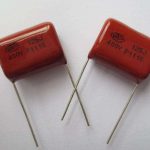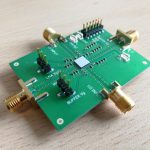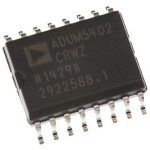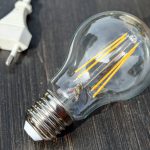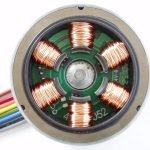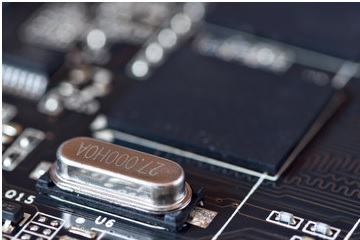
Oscillators
Oscillators are very important electronic circuits without which computers, clocks, quartz watches and radios would be rendered inoperable. Oscillators produce periodic, oscillating electronic signals mostly sine waves or square waves depending on the component values. This makes them very good sources of repetitive AC. For an oscillator to produce AC, it only requires a D.C supply. The signal generated by an oscillator, whether sine wave or square wave, has a constant amplitude.
Types of oscillators
Oscillators are categorized based on the signal they produce.
- Sine wave oscillator– Produces sine waves
- Relaxation oscillator– Produces square and rectangular waves
- Sweep wave oscillator– Produces sawtooth waves
Parts of an oscillator
Oscillators are mostly made up of three basic parts;
- Amplifier– This is mostly a voltage amplifier and can be biased in class A, B or C
- Wave shaping network– This is made up of passive components like filter circuits that are responsible for both the shape and frequency of the signal produced.
- Positive feedback path- Some of the output signalsare fed back to the Amplifier input. It is then generated and amplified again before it is fed back so as to maintain a constant output signal.
How oscillators work
Oscillation
For oscillation to occur, energy needs to move from a form to another. To understand how oscillations, occur in a circuit, let us look at the inductor and capacitor (LC) circuit. An inductor stores energy in the form of a magnetic field while a Capacitor stores energy in the form of electrostatic field. If you charge a capacitor using a battery and then connect it back to back with an inductor, the capacitor will discharge through the inductor. In the process, the inductor will create a magnetic field. When the capacitor discharges completely, the inductor will then charge up the other plate of the capacitor with acharge of opposite polarity compared to the original charge. The moment the inductor’s field collapses the capacitor will again discharge through the inductor. This process is repeated severally with the polarity of the charge stored on the capacitor plate changing every single time energy is passed back and forth. This oscillation produces an AC type sinusoidal voltage andcurrent waveform.
In theory, these oscillations ought to continue indefinitely. However, in real life, there are losses that are encountered during the transfer from the capacitor to the inductor and back. These losses lead to the decay of the oscillation to zero over a period of time. These losses are mostly realized in the resistance of the inductor coils, in the capacitor’s dielectric and in the radiation from the circuit. The losses realized lead to the “damping” of the oscillations.
Resonance
The frequency of the oscillatory voltage is dependent on the value of the inductor and capacitor used in the LC circuit. For resonance to occur, there must be a frequency point where the capacitive reactance is equal to the inductive reactance. At this point, the reactance cancels out leaving DC resistance as the only thing opposing the flow of current in the circuit.
Oscillations
In order to keep the oscillations going within the Circuit, we need to compensate for all the energy lost in every oscillation while maintaining the amplitude of the oscillations. It is crucial to ensure that the energy replaced is equal to the energy lost during every cycle. If the energy used to compensate for the loss is too large, the amplitude will increase until clipping occurs. If the compensating energy is lesser than the energy lost, the amplitude will eventually decrease to zero.
To ensure that the energy used to compensate is equal to the energy lost, take part of the output from the LC circuit, amplify it and then feed it back to the LC circuit. To achieve this, you need a voltage amplifier (op-amp or a bipolar transistor). The amplifier gain needs to be unity in order to maintain stable oscillations.
Feedback network
The signal fed back to the LC circuit must be positive feedback. Positive feedback is where a fraction of the output signal is fed back to the input signal while ensuring both are in phase. By adding them together, the amplitude of the input signal increases. However, when a common emitter amplifier is used to amplify a signal like in our circuit, the output signal from the amplifier will be 180° out of phase. Therefore, the feedback network plays the role of changing the phase of this output signal by 180° before it is feedback to the LC.
All the three parts of the oscillators work in harmony to generate and maintain oscillations. The chief difference between oscillators and amplifiers is that the oscillator has positive feedback. Now that you understand how an oscillator works, go ahead and pick one for your circuit.







